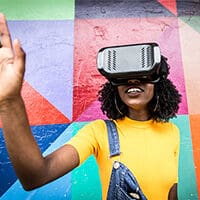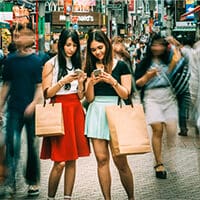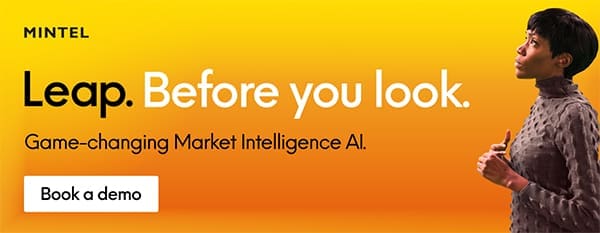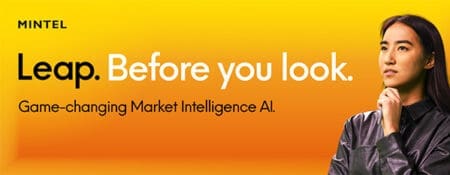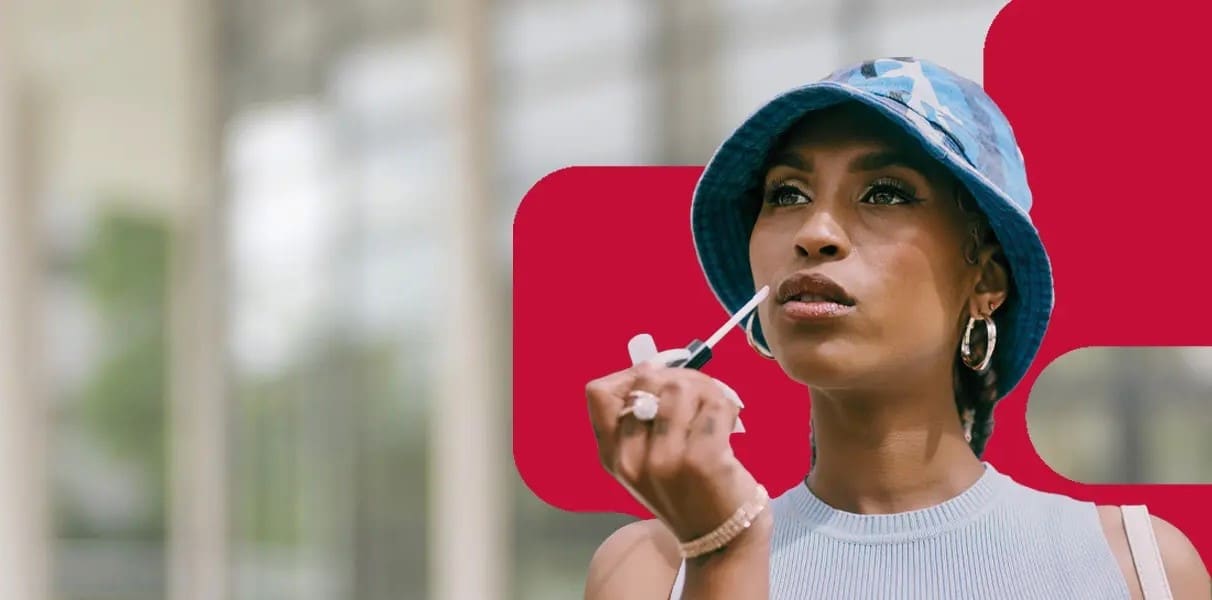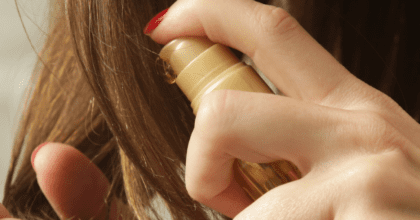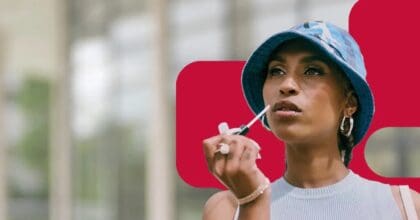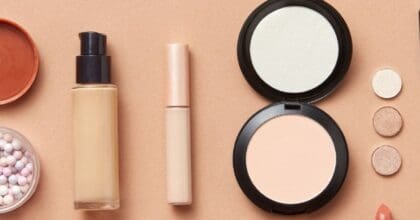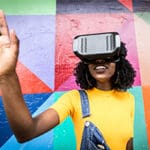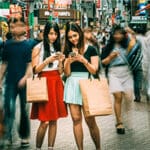Demand for inclusivity in beauty gets louder: 25% of Gen Z feel left out of beauty advertisements
While the beauty industry has made strides to become more inclusive, there is still room for improvement. According to the latest research from Mintel, almost one in five (17%) US consumers feel left out of beauty advertisements, rising to a quarter (25%) of Gen Z consumers*.
Cookie-cutter beauty standards are losing favor, as nearly half (47%) of beauty product users say they shop from brands with diversity or inclusivity** and 38% of Gen Z beauty consumers have purchased from beauty brands that promoted diversity in the past year (compared to 23% overall). Today’s consumers are seeking inclusive and attainable portrayals of beauty, as 43% of beauty consumers say it makes them happy to see different types of beauty in advertisements, including half (50%) of women and 35% of men. This comes as almost three in five (57%) Americans agree that beauty brands have a responsibility to destigmatize flaws.
Although consumers want to see various types of beauty represented, and agree that beauty advertisements should make people feel good about themselves (49%), 30% of consumers say that beauty ads should be aspirational.
Clare Hennigan, Senior Beauty Analyst at Mintel, said:
“While the beauty industry has made strides in recent years to be more inclusive, there is still work to be done. Consumers continue to feel that there are unrealistic standards of beauty and some groups feel entirely ignored by brands. As a result, consumers are increasingly expecting brands to change the narrative and destigmatize ‘flaws.’ While adjusting communication strategies to bring forth feelings of empowerment is essential, consumers want to see brands reflect these changes in product development as well. Looking ahead, expect an even stronger focus on accessible packaging design to both expand target consumer groups and keep up with the needs of an aging population.”
Social media’s impact
The pressures of social media have heightened insecurities as almost seven in ten (67%) consumers agree social media has created impossible beauty standards. As a result, 9% of consumers say they have called out beauty brands on social media for lacking diversity. The importance of social media is also demonstrated by the fact that a quarter (23%) of beauty product users say the type of model/influencer a beauty brand uses tells a lot about their values. Filters and the implications of constantly being on display have taken a toll on consumers’ mental health and self-esteem, so much so that 33% of Gen Z look for brands that support mental health causes.
“The pressures of social media have exacerbated insecurities, and consumers expect brands to destigmatize flaws and work to undo unrealistic beauty standards. However, there is still a desire for ‘aspirational’ messaging and advertising. Brands that can strike a balance between being both relatable and aspirational will resonate with key audiences in the space.
“Social media has acted as a catalyst for inclusivity in beauty by amplifying the voices of underrepresented and marginalized groups and it’s where consumers, especially Gen Z and Millennials, go to discover such initiatives. Brands seeking to expand and improve DEI efforts, both in terms of advertisements and product development, can partner with influencers who are members of the community they are targeting to ensure efforts resonate,” continued Hennigan.
No singular way to define a “diverse beauty brand”
Finally, when asked to define what constitutes a diverse brand, the top three attributes, according to US consumers, include: a brand that creates products for people with different skin tones/hair types (45%); a brand that creates universal products that everyone can use (38%); and a brand that offers customizable products that can be tailored to every individual’s unique needs (30%).
When it comes to beauty/grooming advertisements, 86% of beauty product users look for realistic signs of aging. This is followed by 82% who look for racial diversity, and 79% who look for people of all genders/identities.
“The push for inclusivity will impact the future of the beauty landscape in two ways: price and diversity. Over a quarter (27%) of beauty users agree that a brand is inclusive if it offers affordable products that most people can purchase. This suggests that how accessible a brand’s products are, in terms of affordability, impacts consumers’ perception of how inclusive the brand is. As for diversity, 45% of consumers describe a diverse beauty brand as one that ‘creates products for people with different skin tones/hair types.’ This suggests that brands that develop products that all can enjoy while maintaining accessible price points are best suited to be perceived as ‘inclusive,’” concluded Hennigan.
Additional research on US diversity in beauty and interviews with the analyst are available upon request from the Mintel Press Office.
*Gen Z consumers are those aged 18-24 in 2021.
**Includes brands that offer a wide range of products for different skin/hair types, universal products that are suitable for everyone to use, or customizable products.
For the latest in consumer and industry news, top trends and market perspectives, stay tuned to Mintel News featuring commentary from Mintel’s team of global category analysts.
-
U.S Diversity & Inclusivity in Beauty Market Report 2021Check out how the impact of the COVID-19 pandemic on diversity and inclusivity in beauty and types of diversity consumers want to see in beauty....Buy the Report
-
Mintel LeapMintel Leap is a revolutionary new AI-powered platform that will transform your research process....Book a demo

